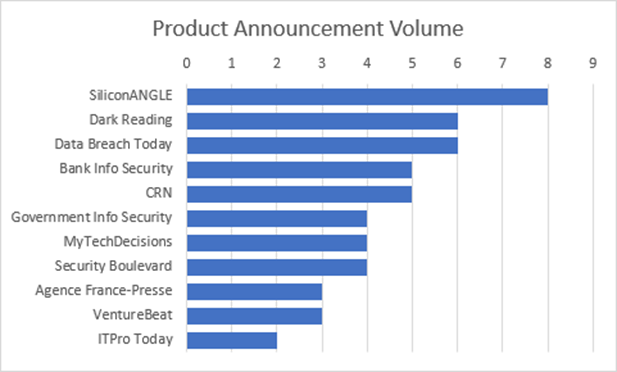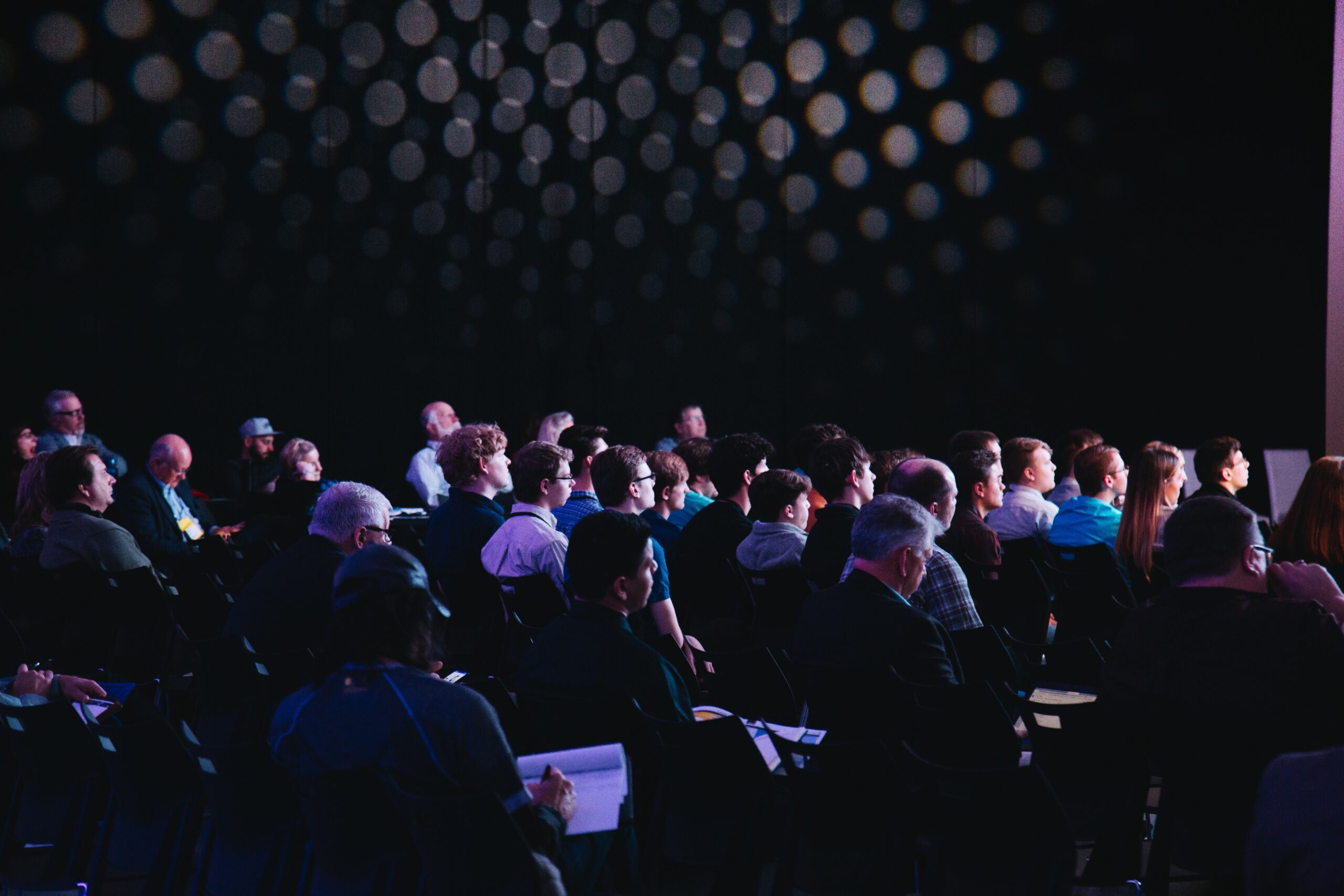Breaking Through at RSA: In-Person Meetings Top Coverage Driver
Ahead of this year’s RSA Conference in San Francisco, I wrote about the top trends the AxiCom cybersecurity team anticipated dominating media coverage at the event. It is no surprise that generative AI, which exploded onto the scene and entered our daily vocabulary only a few months ago, would take center stage. An existential “identity crisis” was also a major theme, as organizations wrestle with managing the identity of employees, with PC Magazine asking, “Has multifactor authentication failed us?”
The growing role of artificial intelligence in identity access management was also a significant driver of pre-event media coverage, with RSA CEO Rohit Ghai saying identity is the most vulnerable part of the attack surface, and called for a new approach to securing identities, beyond just multi-factor authentication. (Disclosure: We are proud to have RSA as an AxiCom client).
With the RSA Conference now in the rear-view mirror, AxiCom looked at the themes, trends and news from the event and investigated the top tactics that made for great media engagement and coverage. To do that, our own Research & Analytics team analyzed media coverage to better understand what got the attention of journalists and secured the best editorial placements. With more than 40,000 people attending RSA-C this year, it was mostly back to business as usual: Our team looked at the volume of media coverage stemming from RSA-C starting in 2019 through this year. Media coverage volume this year was a little more than half the conference coverage pre-pandemic. This year’s coverage was essentially flat from last year.
For communicators, the challenge of breaking through with product announcements and pitches is indeed harder, given the overall decline in media coverage. Add to that the more than 650 speakers and 500 exhibitors, rising above the din could be a challenge. Weeks before the conference, many reporters were already fully booked up, with some reporters on the official RSA-C media list indicating that they did not want to be pitched. With those challenges in mind, AxiCom analyzed this year’s coverage.
Here are our key takeaways:
On-Site Interviews Reaped Large Returns
Having a company’s spokesperson physically on-site and available for 1:1 interviews and panel discussions was by far the largest driver of media coverage in cybersecurity media, resulting in almost half of all coverage. However, willingness to engage in discussion on geopolitical trends was the key to securing top-tier business press. Top-tier outlets, including the Wall Street Journal, Washington Post and Politico, almost exclusively posted about geopolitical issues. Google was a notable exception, with a ‘curtain raiser’ on the opening day of RSA with a WSJ Cybersecurity Pro (paywall) feature the Google Cloud launch of a platform integrating threat intelligence and cybersecurity operations services with generative AI.

Breaking down which publications wrote stories based on interviews, what was interesting were the outlets that published the most stories: Bank Info Security, Data Breach Today and Government Info Security led the pack. These three publications, all part of Information Security Media Group (ISMG), had the bonus of cross platform promotion. ISMG published a roundup of the key themes and presenters at the show. They highlight the emergence of AI, streamlining threat detection and response, the continuing persistence of ransomware threats, nation-state threats, and cryptography as key topics discussed. While these may appear to be niche publications, a placement here could mean syndication across ISMG properties.

Looking to Have Cybersecurity Products Covered? Look to These Outlets
Unless you can tie a product announcement into a larger industry trend, it can be a challenge to secure business-level coverage. If you were looking for product coverage, the leading trade publications were the best bet, with Silicon Angle and Dark Reading most likely to cover product news.

The Takeaway
There are a few observations that AxiCom’s cybersecurity media relations team made for ensuring the most opportunity for success at the RSA-Conference, which of course, can be applied to almost any large industry event. Here are our top recommendations:
- In-Person Meetings. Short of having an earth-shattering cybersecurity announcement that lands business media-level attention, the key to securing coverage at the RSA-Conference came down to spokesperson accessibility. There was no substitute for being on the show floor, with media-trained and well-briefed spokespeople available to speak with reporters.
- Want to secure business press? Talk about macro trends. Most major media outlets are not going to cover product announcements. They are looking for insights into the cybersecurity implications for macro events. Think nation-state attacks, geopolitical conflicts, and threats to physical infrastructure. As one New York Times tech journalist told me, “My editors want controversy, conflict, public policy impacts, geopolitical tensions–things that average readers are interested in.”
- Share keynotes and presentations ahead of the conference. Our media relations team was very successful in sharing a keynote script and a summary of a presentation with reporters on the Sunday evening leading up to RSA-C. As expected, the top messaging that was delivered in the keynote was pulled through and became part of several feature stories.
Our Methodology
Our Research & Analytics team analyzed media coverage from the RSA Conference, focusing its findings top tier business and cybersecurity press, and excluded press release pickup. The team then analyzed the content to determine its genesis.
To learn more about how AxiCom’s cybersecurity communications team can partner with your company, connect with me on LinkedIn or [email protected].
